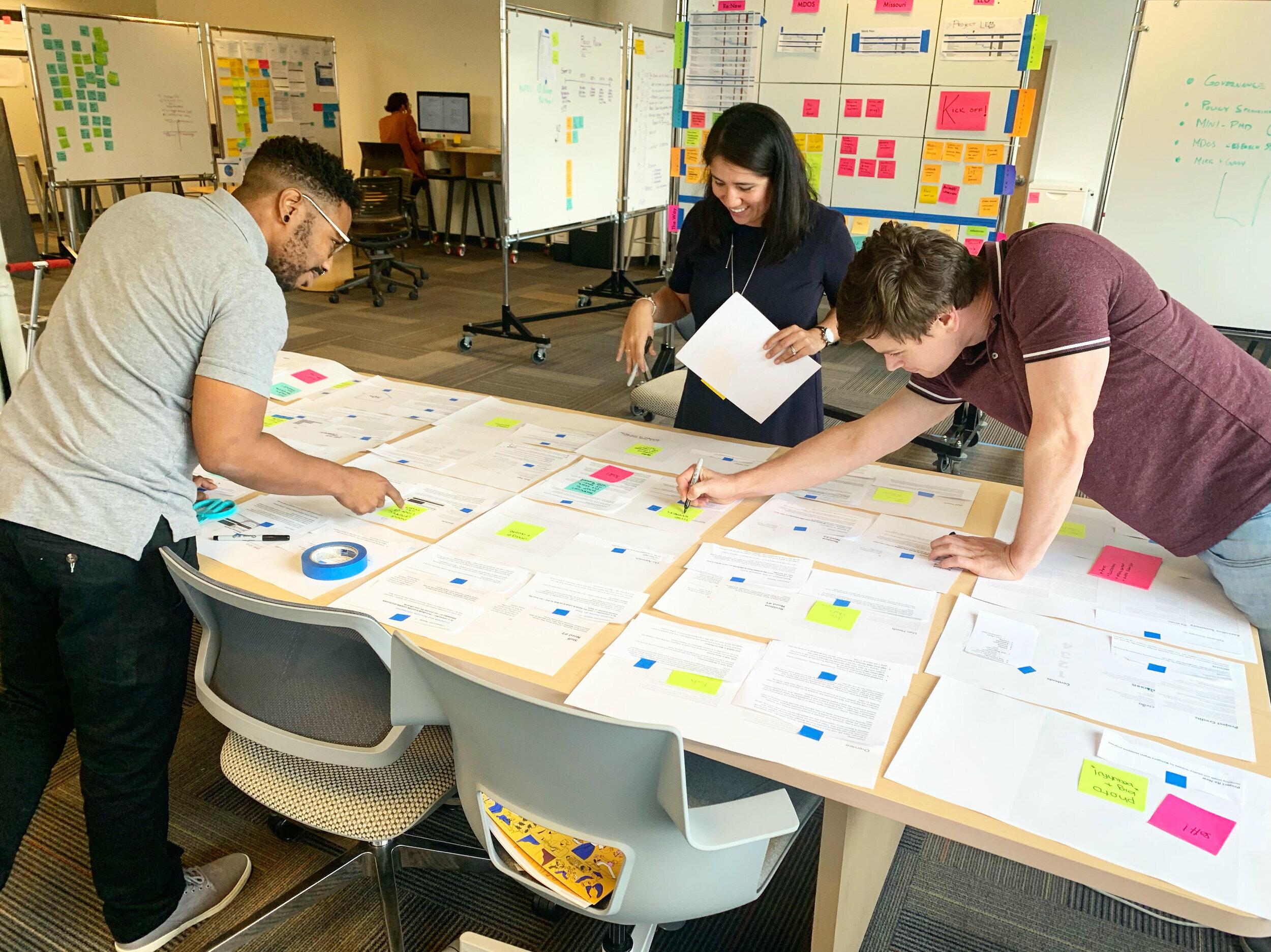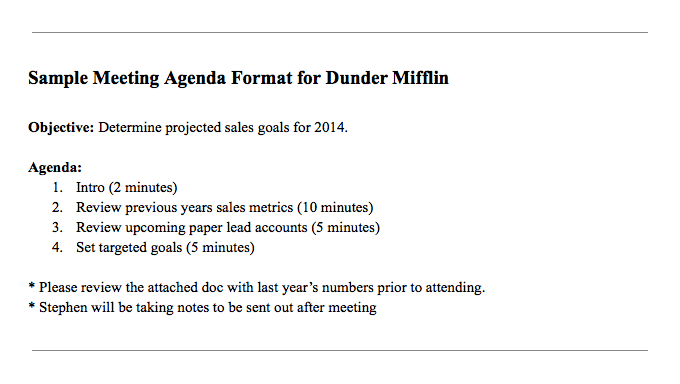Designing fun and productive meetings
Three simple ways to unlock the energy, creativity, and spirit of your team

At Civilla, you’ll often hear someone ask, “How can I help?” It’s is a question deeply rooted in respect — whereby a teammate is offering their energy, creativity, and spirit to help further your work.
In return, you are responsible for making the most their time. You need a plan, a strategy, or some sort of scheme to help plug your teammate in. Around here, we call this a scaffold.
A scaffold is a light and easily configurable plan for how to use time with others.
When effectively used during a meeting or a working session, a scaffold helps all participants feel clear about the context of the work, equips them with the tools and information they need to contribute meaningfully, and clarifies next steps.
Sometimes, in the absence of a scaffold, a meeting unfolds more randomly. Improvisation is just fine when you’re having a simple interaction. But when alignment, energy, and clarity are important, you’ll want to to spend some time preparing.
Good scaffolds help everyone feel like their time was well spent. When you scaffold your meetings, you encourage others to show up with their full energy, creativity, and spirit…which ultimately gets deployed helping you. Everybody wins.
I’ve learned that being able to create light, effective scaffolding is a core competency of any designer, so I thought I’d let you in on what I learned!
To start, here is a meeting agenda from an advice article I recently read on “How to run the perfect meeting”. Let’s take a closer look.

When I read this, my gut screamed “NOOOOOO!!!” But there are actually a few things I like in this meeting agenda:
- They set a clear objective
- They allocated and constrained time for each activity
- They sent preparatory materials ahead of time
That being said, I know we can do better than this so-called “perfect” meeting agenda. Here are three areas we think about when designing meetings at Civilla:
1. context
Do not assume that everyone joining your meeting has the same information or perspective. Providing context is a great first step — even though I always seem to skip it.
As the convener, it’s your role to make sure your teammate understands the broad content for your work, how it affects the organization, and what current events are affecting it. See how succinctly you can explain this context so that it only takes up the first few minutes of your interaction.
Key question: What information should everyone in the meeting know beforehand in order to be aligned?
2. methods
Be thoughtful about choosing the most appropriate tools or activities for your work given its current stage. Are you seeking feedback on work you’ve recently done? Are you seeking wild ideas to provoke your thinking? Are you hoping for strategic advice on what to do next?
Here are a few short anecdotes from recent moments when we carefully deployed appropriate activities:
- My partner and I needed to generate some new ideas for posters.We scheduled one hour of time with our teammate, Adam. We provided some brief context about why we were making posters and walked Adam into some rough sketches we’d already created. Then we asked Adam to work some of his magic and help us polish our early ideas. We had prepared markers and poster-board and spent the next 45 minutes creating side-by-side. At the end of the hour, we’d put the final touches on six new posters that we could share with the team for feedback (and had a blast while doing it).
- We were planning a project kickoff meeting and needed some help with our scaffold. (A “scaffold for a scaffold,” you say? Yep!) We brought in two master scaffolders — Mike and Lena — to help us. Before they showed up, we taped up elements of the agenda for the kickoff meeting in our work space. We invited Mike and Lena to play with these components, edit them, and re-order the activities in various configurations. We made it clear that their changes would not hurt our feelings and that we were seeking their input. By the end, we had created a scaffold that all four of us felt proud of.
- We needed edits to a document we’d been working on. We were already pretty far along and had already received a lot of input from others. Now we needed some detailed feedback as we worked towards finishing touches. We decided to make some high-quality prints and carved out some time with our teammates to mark up our work. A week later, the document had high quality edits all over it and was ready for print.
Key question: What activities will we all be participating in that require our time and energy?
3. decision point
This is a super important part of the scaffold. You should always close a working session by addressing how you are going to take the help and feedback you received and turn it into action. Whether it is handing items off to someone else or tackling them yourself, clearly lay out all next steps so that your teammate is clear on how their contribution will be utilized.
Key question: What decisions do we need to make and what are our next steps?
There is no limit to how complex of a scaffold you could design. But often a simple one will do. Remember that, when you’re hosting a meeting, your teammates are offering you their time. It’s up to you to determine how you will spend it.
— Sam + the team